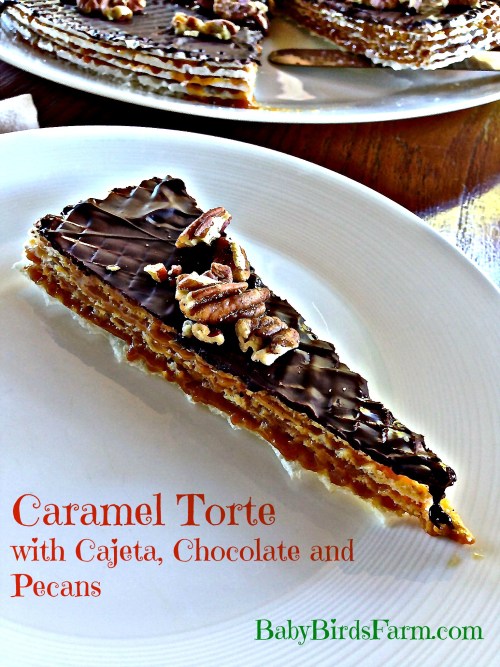Have you been to El Jardin in Liberty Station? Claudette Zepeda-Wilkin’s new restaurant opened this summer. My mom took the Little Birds and me there for brunch a little while ago. The chef grows much of the produce right on the restaurant’s lot, and the breezy garden patio is comfortable and beautifully decorated.
Refined Abuela Cooking
Chef Zepeda-Wilkin’s roots are here in San Diego and across the border in Mexico. She brings the comfort and satisfaction of her grandma’s recipes and traditions to current day presentation and surprises.
The highlight of our brunch was the Chilaquiles Divorciados. Given the choice, I usually pick a green sauce for my chilaquiles or enchiladas. But I was happy to taste both homemade sauces. Divorciados means two different sauces side by side, making me think of a couple that are not quite divorced, but living separately in the same house.
All in the Details
Both the outside patio and the indoor dining room are decorated thoughtfully. I loved the utility of a stand near our table meant to hold bags. As a mom, I totally appreciated that there was a changing table in restroom stocked with Honest diapers and wipes. I mentioned it in my Instagram story, and the chef responded that the men’s room had the same set up!
The Tastes

We started with hot chocolate, which was mixed (batida) table side, and cafe de olla. They mix the coffee with piloncillo sugar. I found it too sweet, especially along side the sweet entrees.

If you have seen my cajeta recipe or caramel torte with cajeta, chocolate and pecans (you have to click through to see the picture!), then you know I am obsessed with CAJETA. The Little Birds liked the pancakes with cajeta. Mom tip: have the kids split the sweet dish and order them each a side of eggs.

One to Watch
I first met chef Zepeda-Wilkins in 2015. That summer, Specialty Produce held a tasting night a week before Javier Placensio’s Bracero opened. Zepeda-Wilkins, as that restaurant’s chef de cuisine, prepared Yucatan-style cochinita pibil sopes topped with heirloom beans and fermented pineapple. I really enjoyed hearing about the food from her. When her more famous boss came over, I asked to take a picture. She humbly stepped out of frame, and I insisted she get back in the photo. “Me?” she asked. “Yes!” I blurted, “I like you.” Because, sometimes I go with my gut, you know?

Since then, Zepeda-Wilkins starred in TV projects such as Top Chef in the US and Mexico. And in the time it has taken me to finish this blog post, El Jardin and the chef have been nominated for several restaurant awards. Yet, she still takes the time to bring the food to guests herself!

One More Tip
Top the chilaquiles with short rib, please! You’re welcome.

El Jardin
2885 Perry Rd, San Diego, CA 92106
(619) 795-2322
eljardinrestaurantbar.com



































